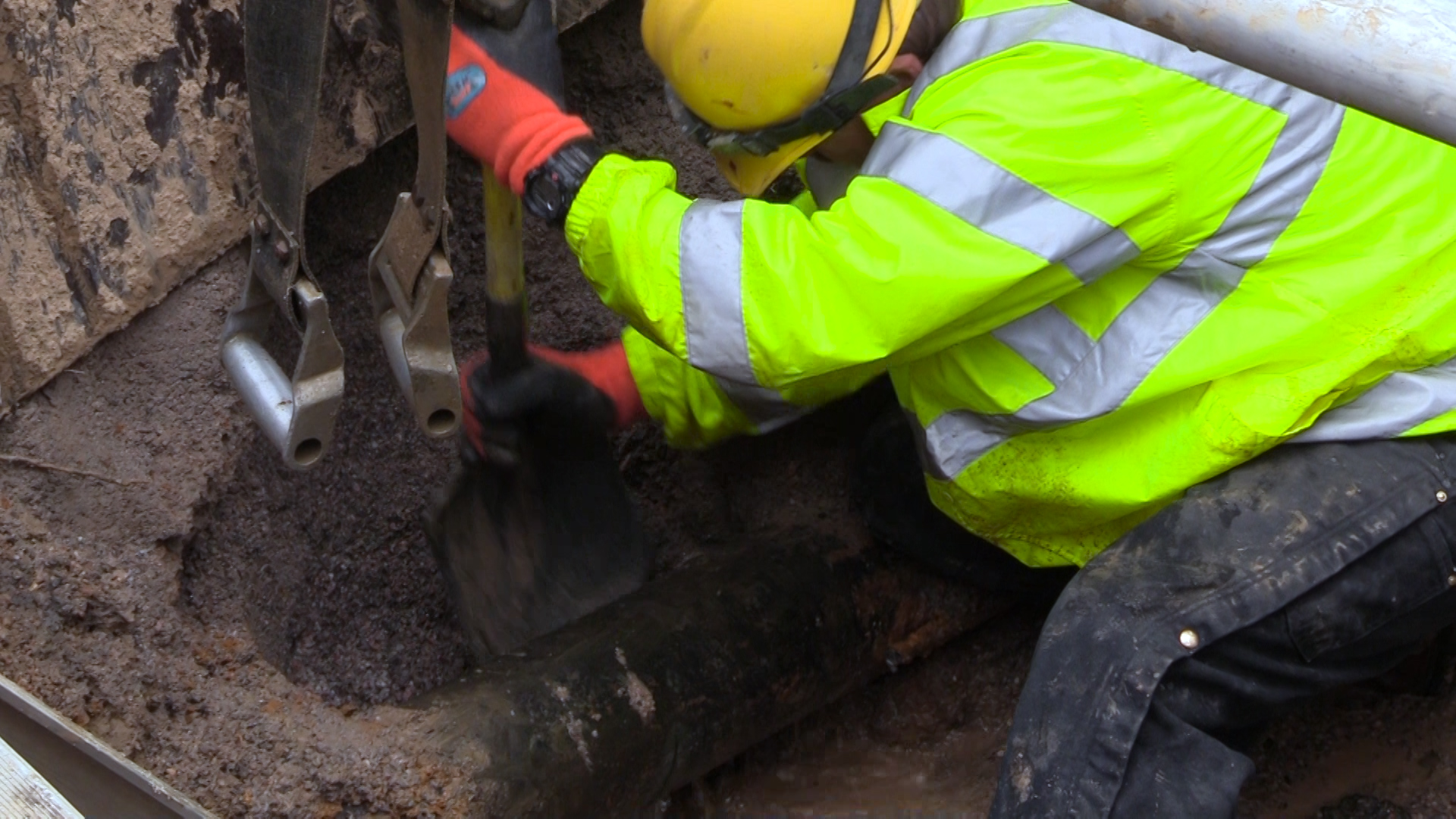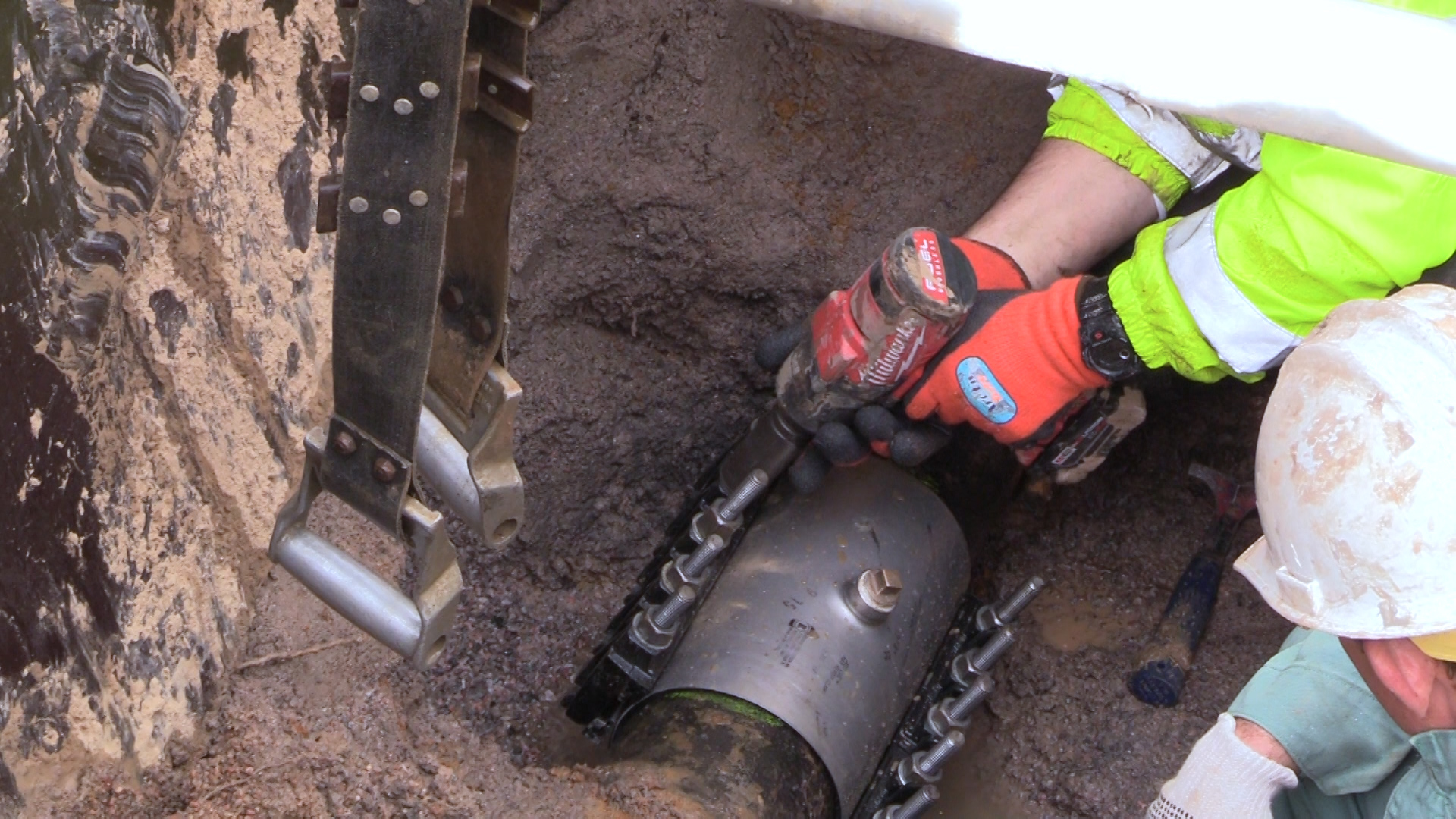
Breaking point: Temperature swings tough on water pipes
Denver winters can feel like a rollercoaster ride — cold and snowy one day, mild and sunny the next. All those ups and downs make for interesting weather forecasts, but those temperature swings also take a toll on water mains under city streets.
Temperature breaks, technically called “shear breaks,” are caused when the ground shifts due to changes in the weather.
Shear breaks occur during prolonged cold spells and fast warm-ups.
When temperatures drop, the ground freezes, causing water molecules inside the soil to expand. The longer the temperature stays below freezing, the deeper the frost layer stretches below the surface.
The frozen soil puts stress on top of the pipes and can cause them to crack.
Pipes are also prone to crack when the weather warms up quickly after a cold spell. As the ground warms, the water molecules shrink and the ground shifts.
“The ground freezes and thaws all the time during the winter here in Denver,” said Ed Romero, water distribution foreman. “Any little bit of movement in the ground can end up splitting a pipe.”
Crews can identify a temperature break because the crack looks like a line was drawn around the pipe with a marker.
Older pipes are more vulnerable to temperature breaks due to the ongoing stress of the freeze and thaw cycle over time.
Denver Water crews can usually fix a temperature break by digging up the street and placing a stainless steel repair clamp around the crack on the pipe.
“Repair clamps are very effective ways to fix broken water mains after a temperature break,” Romero said. “The clamp forms a tight seal and will not let any water out of the pipe.”
When pipes are replaced or installed, Denver Water reduces the risk of temperature breaks by putting a sand-gravel mix around the pipes to provide a cushion when the ground shifts.
Temperature swings and ground shifts are just one cause of water main breaks.
Other factors include age and material of the pipe, corrosion, the type of soil and the amount of water pressure running through the pipe.
All of these factors can weaken sections of the water main and lead to more complicated breaks and repairs.
“We see lots of temperature extremes here in Denver and lots of different types of pipe breaks,” Romero said. “Some breaks are easy to fix, others can take hours, even days to repair.”


